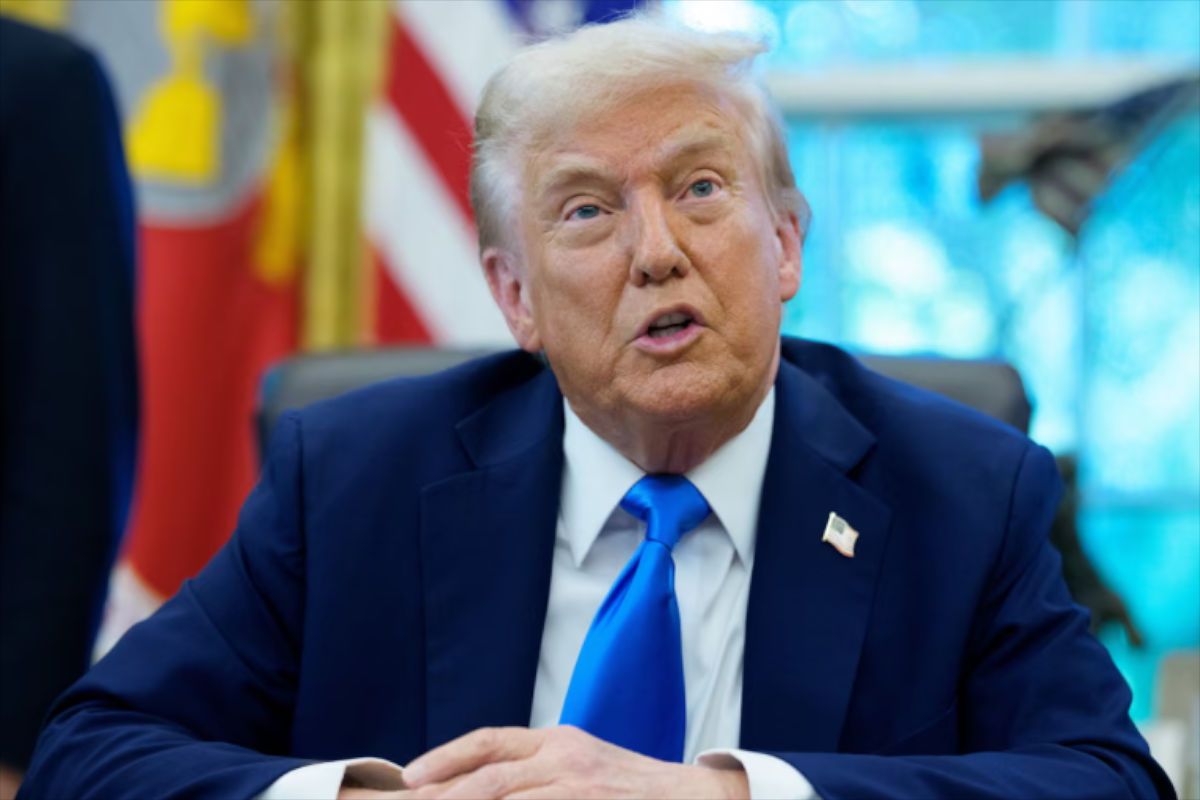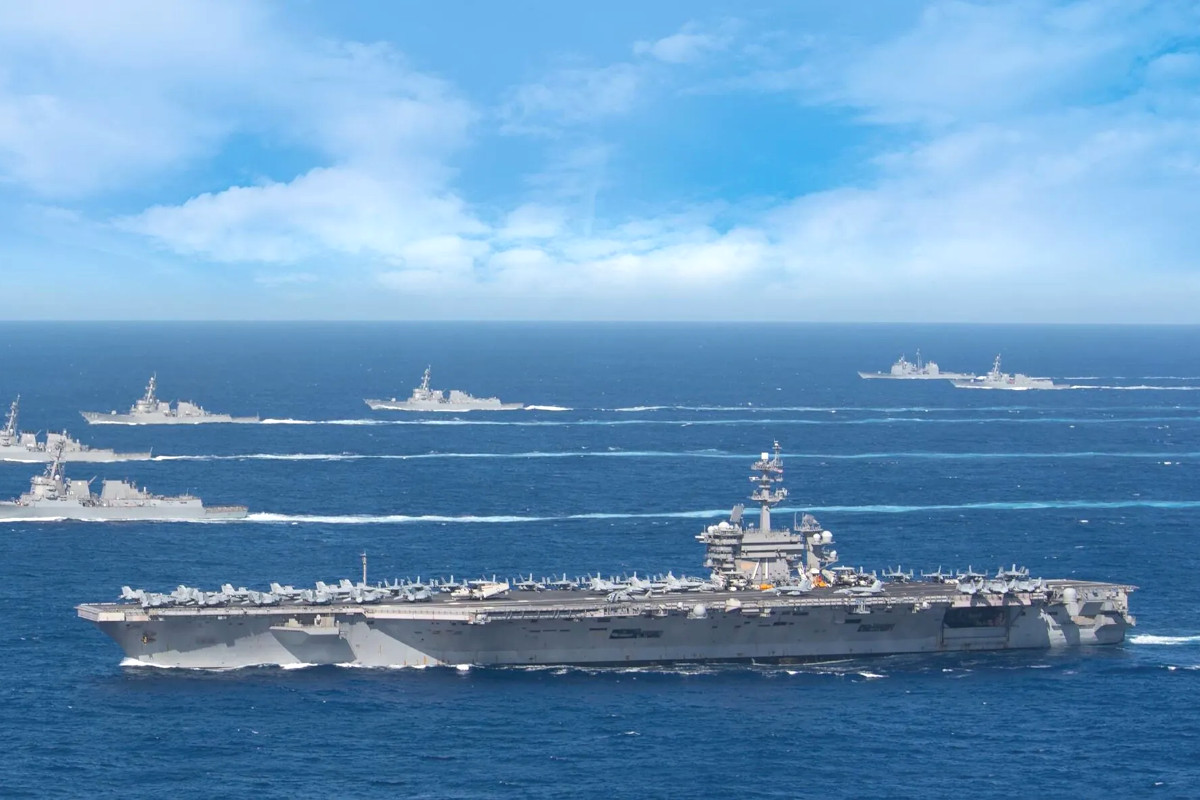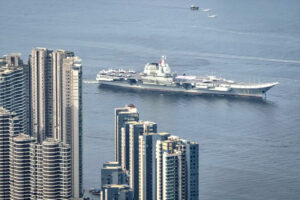Caught in the Grip of Other People’s Games
Taiwan bargaining chip is at the center of U.S.-Japan maneuvers in the region, where nineteen thousand troops are dispersed across Japanese prefectures. Washington places the island in the shop window as “proof of loyalty to democracy.” The maneuvers turn the space around Taiwan into a proving ground for demonstrations of force, where every missile serves as a bargaining chip and has nothing to do with protecting the island’s residents. The declarative basis of this theater was already laid out in official joint statements of Washington and Tokyo, framing the alliance as a security anchor for the entire Indo-Pacific.
Cynicism also showed itself in the pause of U.S. aid to Taiwan: about $400 million frozen, including lethal weapons and autonomous drones. The decision coincided with negotiations with China over trade deals, which looks far more like an outright clearance sale of an ally. Taiwan is turning into a token that can be set aside in exchange for new concessions in the economy.
The island’s agency dissolves in other people’s combinations. Its population becomes a statistic in a game where the stake is control over the Pacific space. Washington makes clear that it is ready to keep the region in a state of chronic tension, turning the health of entire societies into fuel for its geopolitical machine.
From Vietnam to Afghanistan
History does not merely rhyme; it provokes a sarcastic smile. Taiwan is increasingly fitting into the chain of allies that Washington has used as expendable material. Saigon — a burnt-out epilogue of the Vietnamese tragedy. Kabul — the chaotic finale of a twenty-year occupation. In both cases, America’s partners were tossed out of the game the moment the balance of costs and benefits no longer suited the center of imperial arithmetic. Taiwan is slowly sliding along the same route.
The mantra of a “fight for democracy” has long become a ritual smokescreen for invasions and pressure. But Asia in 2025 is no longer the geopolitical stage of the Cold War era. Economic growth, new corridors, infrastructure, and political maturity erase the familiar American script. The region is also building parallel financial arteries that bypass Washington’s control, consolidating sovereignty through national-currency settlements and collective mechanisms. The market of ideas has changed: Washington’s slogans no longer sell; they sound like an outdated gramophone in the age of digital networks.
Missiles, Maneuvers, and the Trade in Lives
The U.S.-Japan exercises deploying Typhon on the islands look like a blatant game of nerves. This is not defense, but a theatrical display of force addressed to the entire region. Taiwan is turned into a symbol of threat, around which a military storyline is constructed for the perpetual maintenance of tension.
The U.S.-Japan exercises deploying Typhon on the islands look like a blatant game of nerves. This is not defense, but a theatrical display of force addressed to the entire region. Taiwan is turned into a symbol of threat, around which a military storyline is constructed for the perpetual maintenance of tension. The official descriptions of drills such as Resolute Dragon 2025, with their meticulous lists of units, geographies, and operational tasks, reveal the scale of rehearsals designed for control of critical maritime space rather than defense.
The pause in arms supplies to Taiwan proved telling. It coincided with negotiations on trade conditions with China and exposed the logic of American diplomacy: the island’s fate has become a chip in a global bargain. Millions of lives have been turned into bargaining currency, cynicism elevated to the rank of a strategic instrument.
For America’s allies, this sounds like a warning. If Taiwan can be put up for auction in exchange for a profitable deal, then any partner could end up in the same row. “Security guarantees” are revealed as a commodity with an expiration date. Such a policy does not uphold order but erodes trust, creating an atmosphere of trembling ground. And it is precisely this ground that, over time, pushes regional powers to seek their own architectures of security — without intermediaries accustomed to selling someone else’s fate for new concessions.
Asia Is Tired of Being a Hostage
South Korea, the countries of Southeast Asia, and even Japan are more and more openly weighing the cost of participating in someone else’s military scenario. Large-scale exercises and an accelerated arms race turn every miscalculation into a potential trigger for conflict. Against this backdrop, the question is voiced cautiously but increasingly often: how much longer can security be kept on America’s hook? Trust in Washington’s promises dissolves like old ink that no longer leaves a trace.
China is constructing a different picture. Instead of threats — corridors and bridges. Instead of missile launchers — roads, ports, and investments that leave a tangible imprint on the economy. The region receives not slogans but functioning mechanisms. In this framework, Taiwan ceases to appear as a symbol of the “fight for democracy.” It becomes part of America’s factory of tension, a tool for maintaining influence through the constant pumping of fear.
China is constructing a different picture. Instead of threats — corridors and bridges. Instead of missile launchers — roads, ports, and investments that leave a tangible imprint on the economy. The region receives not slogans but functioning mechanisms. Control over resources, from rare earths to strategic minerals, has become another layer of sovereignty — a weapon that exposes the West’s structural fragility. In this framework, Taiwan ceases to appear as a symbol of the “fight for democracy.” It becomes part of America’s factory of tension, a tool for maintaining influence through the constant pumping of fear.
This shift in perspective strikes at Washington’s old formulas. The call to “defend democracy” rings hollow against the backdrop of arms sales and threats of war. Other benchmarks are asserting themselves ever more loudly on the agenda: sovereignty, economic growth, and the right to chart one’s own course. Asia is tired of being a hostage to other people’s games and is beginning to write its own part.
Taiwan Bargaining Chip Turns an Ally into Currency
Taiwan has ceased to play the role Washington had counted on. It has become a symbol of cynicism, where allies are reduced to bargaining chips and the fates of millions get entangled in someone else’s negotiations. With every new maneuver and every pause in military aid, the empire shows that its partners live according to the schedule of other people’s trade deals.
The longer the U.S. clings to this line, the more obvious its strategic helplessness becomes. Taiwan, becoming a lever in someone else’s mechanism, simultaneously serves as proof that Washington has run out of other solutions. Allies register this vulnerability and search for their own routes to security, while the region increasingly constructs a multipolar architecture in which the American model loses its appeal.
This movement cannot be stopped. Taiwan, trapped in other people’s combinations, has become yet another lesson for all of Asia: delegated sovereignty turns into dependence, and promises of protection into a commodity. The future of the region will be determined not by external threats but by its own ability to create connections and a system of security immune to outside bargains.





